
DOOH: What is it and why is it so effective?
- Author: Lizaveta Zhuk
Over the past two years the digital world has changed beyond comprehension. There are new channels, new ad formats, new mechanics, technologies and so on. There was a time when brands chose between billboards, posters, newspapers and digital advertising. Nowadays, they don’t need to make a choice because development of new technologies is transforming traditional forms of advertising including ooh advertising.
Nowadays, digital OOH ads are the best choice for brands who want to reach their audience wherever they are. So let’s learn more about DOOH advertising in our article.
DOOH ads: What is it?
Digital out of home is an advertising channel where promotional media is placed in public places: on the streets, cafes, bus stops, parking and so on. Thankfully AdTech transformation brands get the opportunity to show their digital ads to users wherever they are — commuting to work, waiting for an elevator, taking a coffee in a cafe, etc.
So what can digital OOH ads help brands achieve? Here is an answer:
- increase brand awareness;
- improve loyalty of audiences;
- boost reach of ad campaigns;
- drive conversions and so on.
In fact, out of home advertising is one of the oldest traditional media worldwide, so it is not new but digitalization of ooh ads transformed the out of home buying process making that dynamic, automatically and in real-time. That’s why brands invest in DOOH much more than other advertising methods where they are. If DOOH market size was $6.8 billion in 2021 globally, then that’s expected to grow by 13.8% annually to achieve around $54.83 billion by 2030.
How does it work?
Some years ago, brands needed to plan their advertising campaign in advance as well as choose the right screen manually. Nowadays the buying process is automatic. Programmatic technology allows the integration of real time beading into DOOH ads.
Let’s dive deeper into how it works. Digital screens are equipped with special detectors which recognize and read MAC-address to define users. With mac-addresses the nearest audience is caught, they combine in profile of the audience and analyze. If there is a high concentration of the target audience, the ad impression will buy and users will see brands’ messages.
One more feature of digital out of home advertising is targeting. It doesn’t work the same way as targeting digital advertising on the Internet. Brands can set weather targeting, interests, demographic and so on. Also, brands should consider that DOOH will reach others outside of the brand’s audience. However, it’s a good opportunity to try to interest them.

What is it about ad formats?
In general, DOOH ads can be broken down into two categories: outdoor and indoor advertising. Each of these offers a range of options and opportunities for ad placement. Locations, formats, and spaces for ads. Brands should choose to depend on ad campaign goals.
- Indoor. There is a form of digital out-of-home advertising that can be found inside. In fact, this type helps advertisers to reach a niche audience when they’re in a contextually relevant environment: near lifts, at a restaurant, grocery store, parking and so on.
- Outdoor digital OOH allows brands to catch audience attention on the streets through digital billboards, media facades, supersides, etc.
Brands can choose banner ads as well as video advertisements. It depends on the brand’s goal.
Do DOOH ads really work?
Historically, OOH advertising used only visual static images such as posters or vinyl billboards. It was difficult to measure real efficiency of these ads, and respond to events timely to better resonate with the audience. However, as the world has become more digitized, so has the OOH ads. Digitalization and implementation of programmatic technologies has opened the door to advanced targeting and measurement tools that were never possible in outdoor media before.
It’s essential for marketers to get their message out in an eye-catching and efficient way to reach an audience who will actually benefit from seeing their content. DOOH screens in public places deliver brand messages that are relevant across multiple locations that span the consumer journey — something that can boost brand performance.

Digital OOH ads are integrated in the daily lives of users without being intrusive — creating a significant opportunity for brands to get in front of their target audiences without being disruptive. What’s more, users like digital out of home advertising — they find it relevant, catchy and memorable. Digital OOH ads can help advertisers make an effective impact and increase valuable actions from the target audiences.

When compared to other marketing channels, DOOH delivers better performance in different ways. For instance:
- more than 40% of users stated that DOOH ads improve perception of the brand better compared with display ads;
- more than 50% of consumers memorize digital OOH ads better than advertisements on social media;
- more than 33% of users think that DOOH ads are more trustworthy than video ads.
In an era of information overload, it’s essential for brands to stay in contact with their audience through communication using effective channels — channels that help drive a brand’s revenue and user’s engagement. So this technology is pacing at a faster speed delivering better performance, measurement and effectiveness.
Benefits of Digital OOH ads
- Targeting capabilities. In the past, advertisers needed to buy OOH ads manually based on geographic factors, store locations and so on. But with programmatic technologies, brands are able to use patterns in the target audience behavior as well as user data to make informed decisions and deliver DOOH messages to the right user at the right moment.
- Retargeting is available. In addition to audience targeting, brands have the opportunity to continue communication with users who saw DOOH ads in other digital channels through retargeting.
- More flexibility. As programmatic technology allows brands to buy ad impressions in real time, advertisers are able to respond to events, news, stages of the purchase journey and so on in a timely manner. It helps make digital OOH more relevant and flexible for both — users and brands.
- No place for banner blindness and ad blockers. Users often ignore or block banner ads while they are surfing the Internet or using apps. DOOH ads are hard to miss because of placement, size, design, and viewing context — users are reached when they are outside and they can’t switch over to another app or site. Moreover, users remember the digital out of home messages which allow brands to increase user awareness and loyalty.
- Better measurement. Digital OOH allows brands not only to set up parameters around the target audiences who they are trying to reach but also measure efficiency of their ad campaigns. Advertisers can track DOOH ads performance in real time, change their creatives and settings.
- Boost performance of multi-channel ad campaigns. One of the main tasks of marketers is to reach users at the right moment as they go about their daily lives. Brands can implement DOOH into their omnichannel ad campaign to scale their efficiency and continue interactions with users offline throughout the entire customer journey.

The bottom line
From new formats, better targeting capabilities, measurement solutions, to continuing innovations, digital out of home advertising will continue to develop and gain more popularity between marketers who look for opportunities to launch high-impact outdoor campaigns.
With the variety of environments, screens and programmatic technology, DOOH touch points have proven an essential role to create a strong marketing strategy. So what are you waiting for? NT Technology will help you achieve your goals and boost your performance through digital out of home ads. Contact us to learn more.
Based on “The DOOH difference” report by Xaxis, 2022
Read also



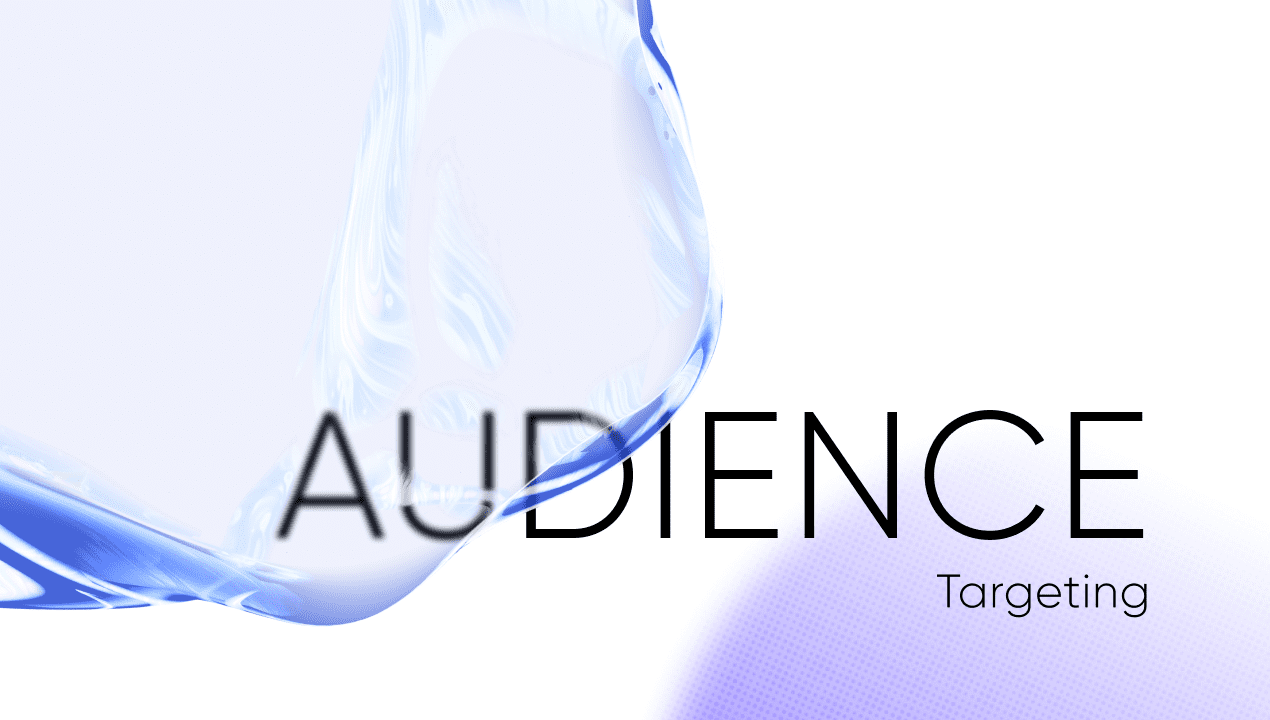



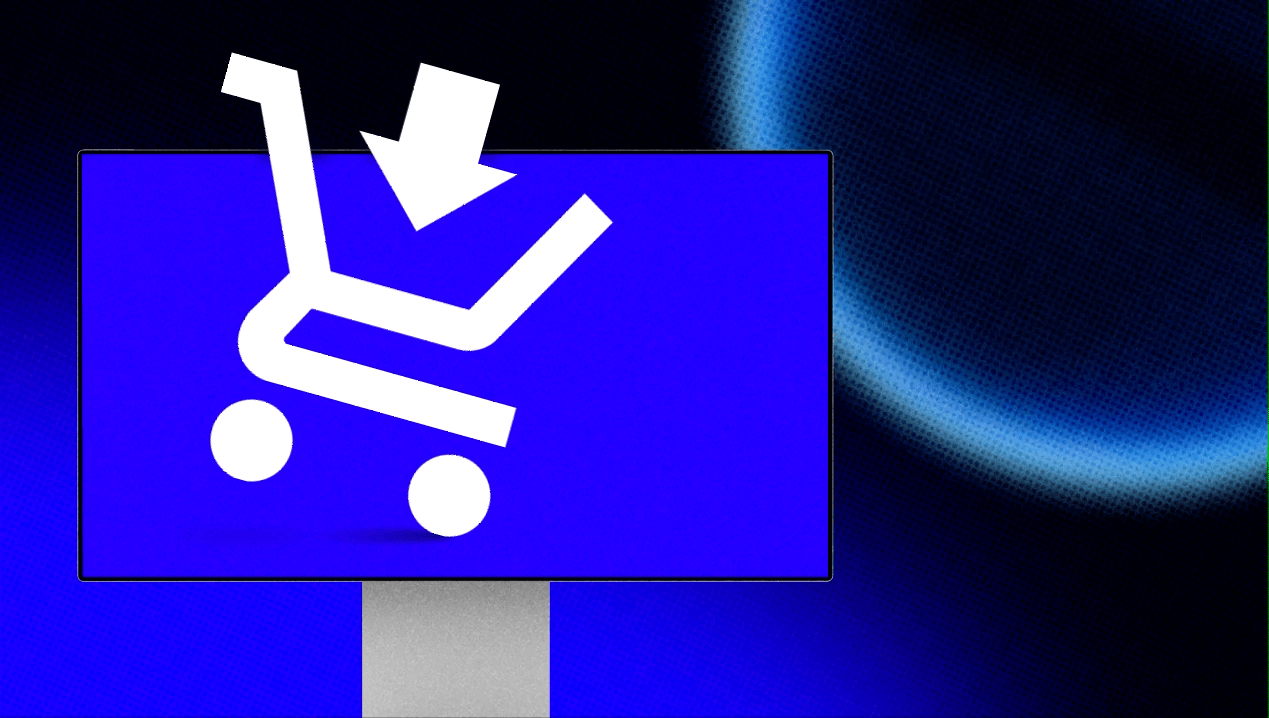




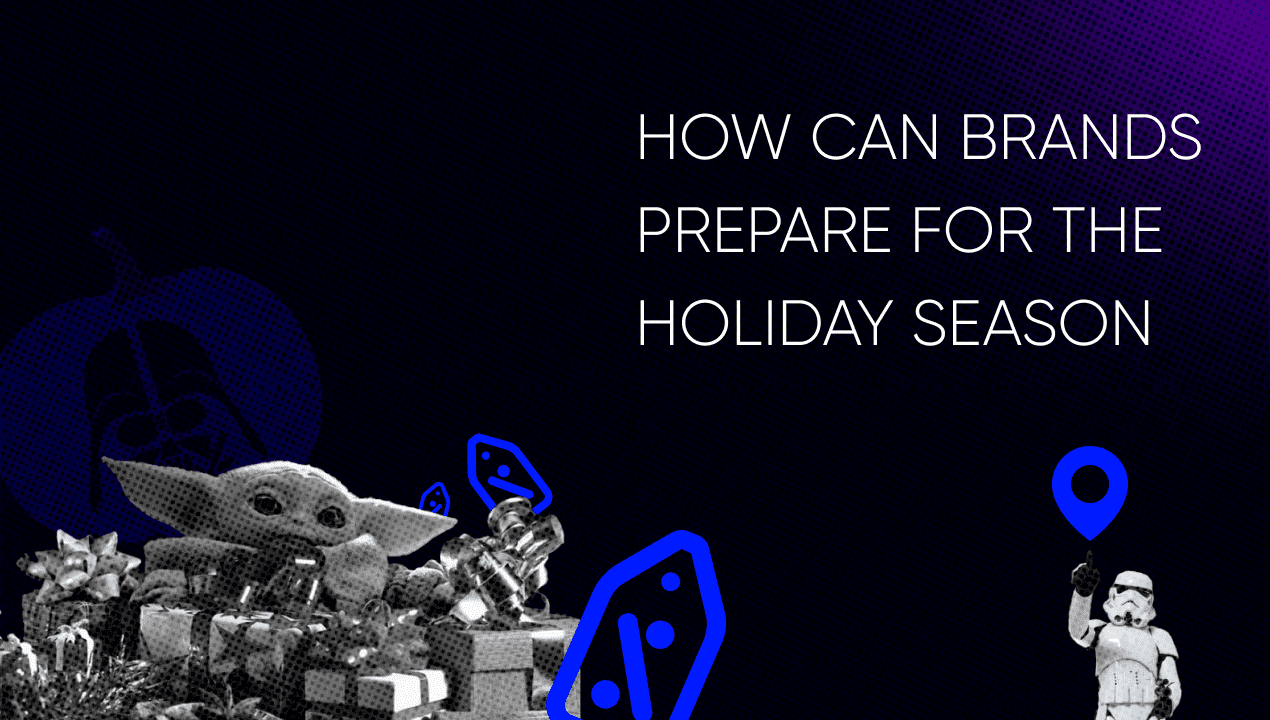
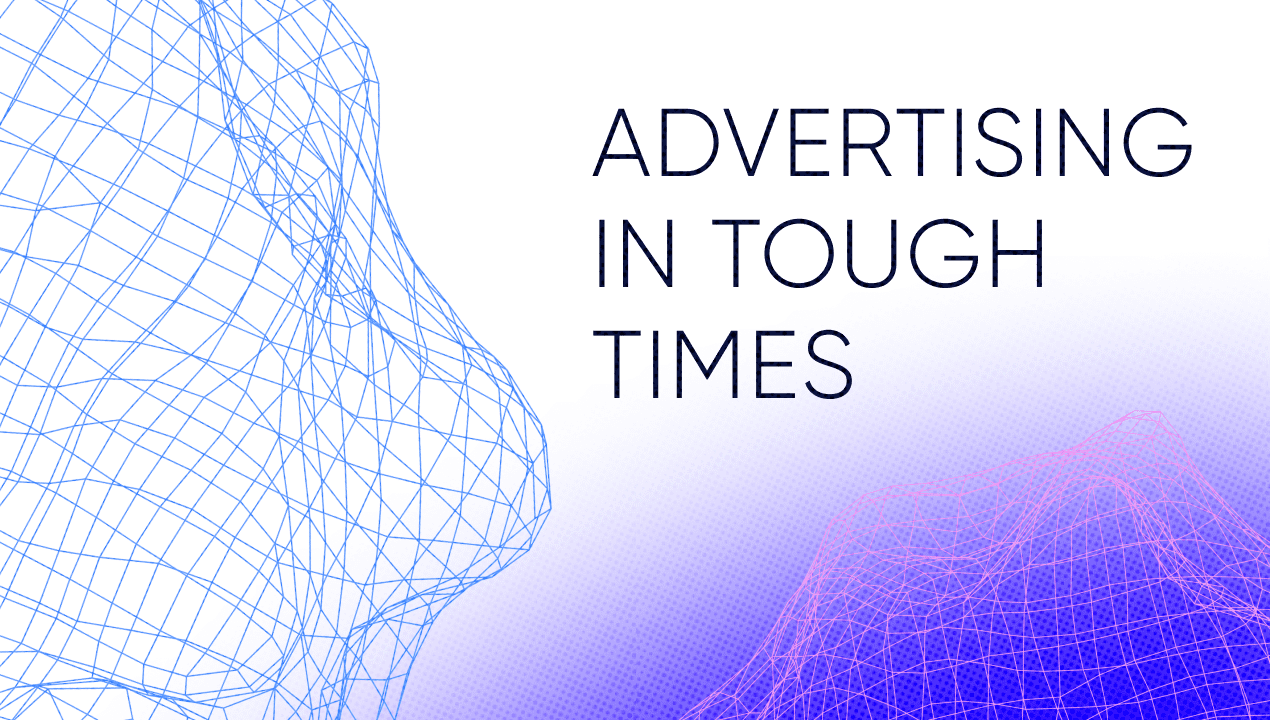


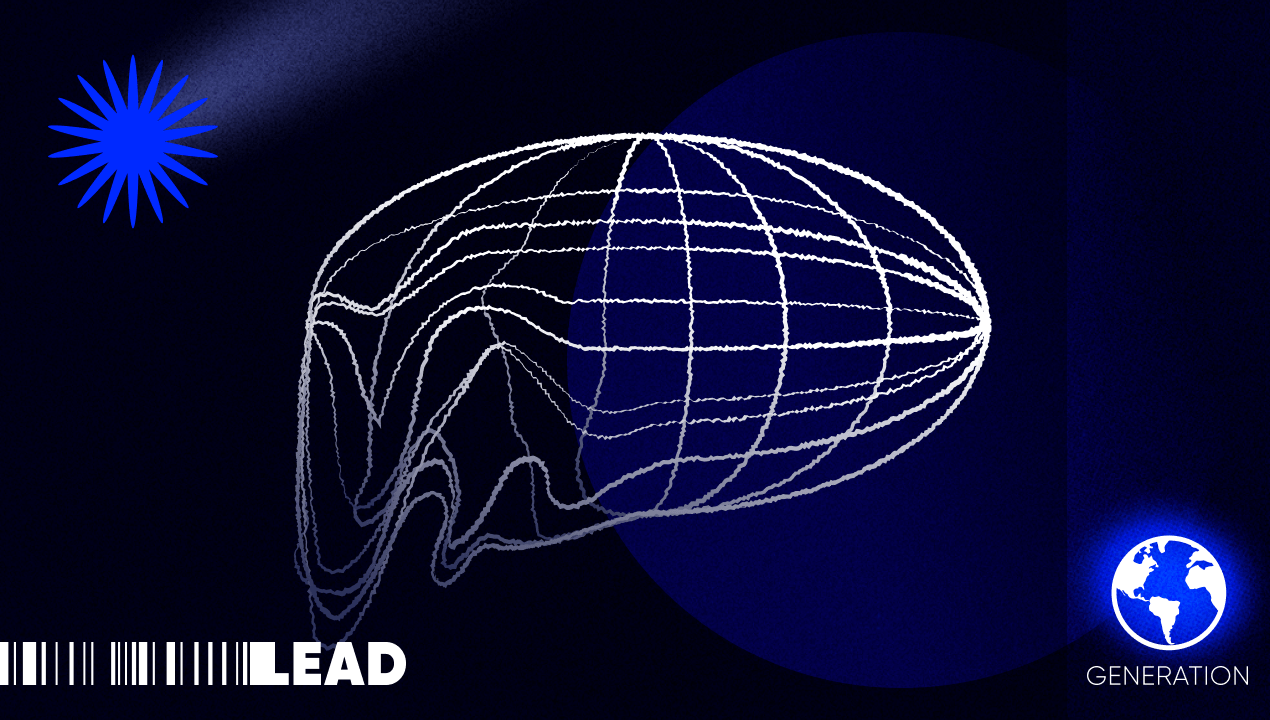
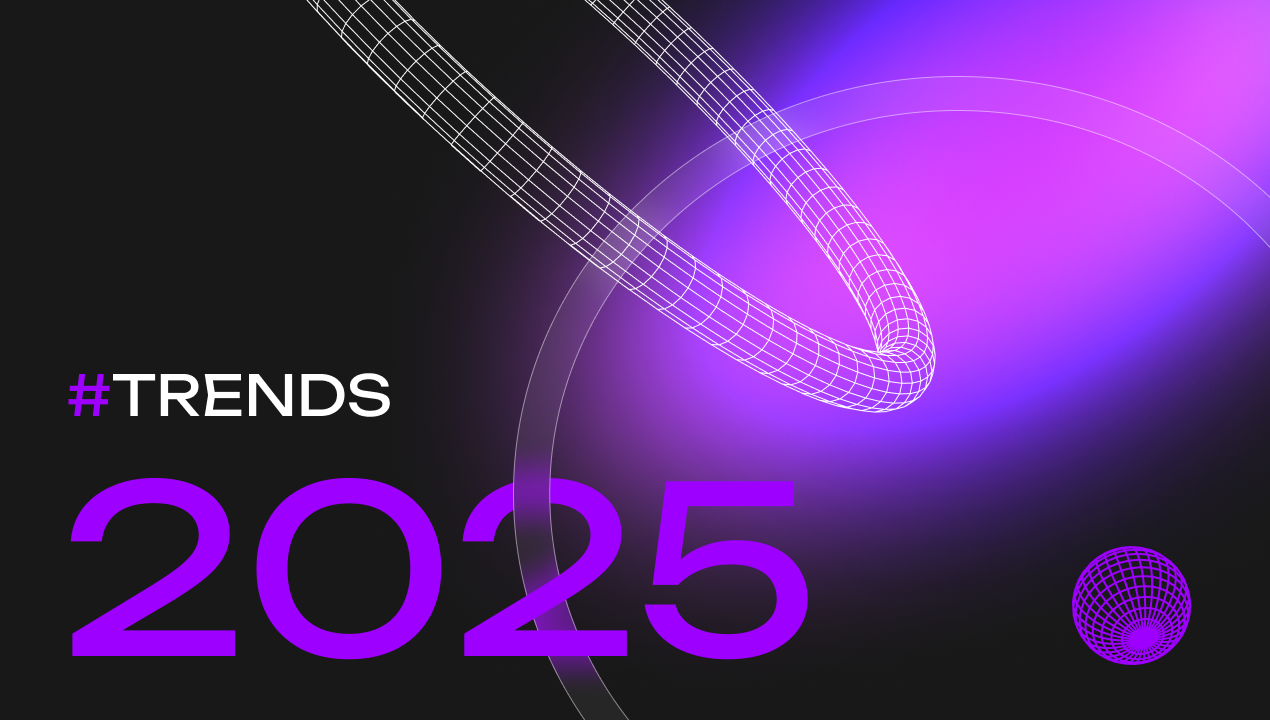

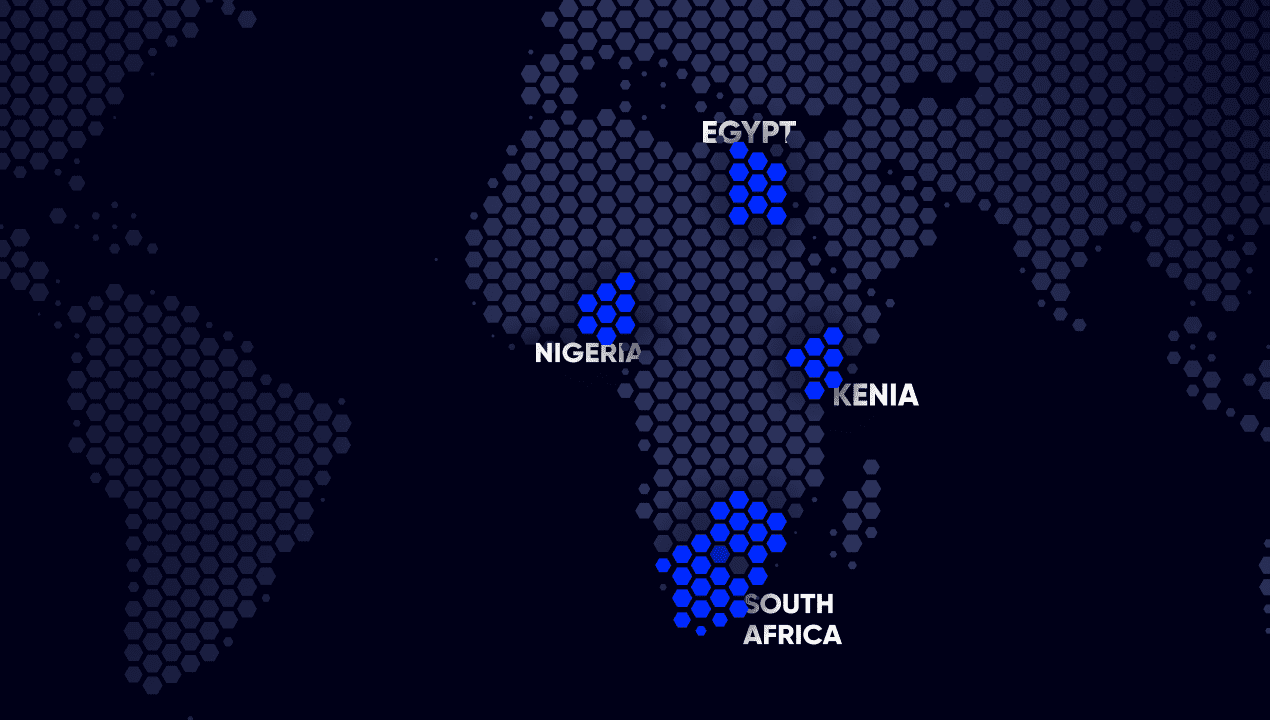

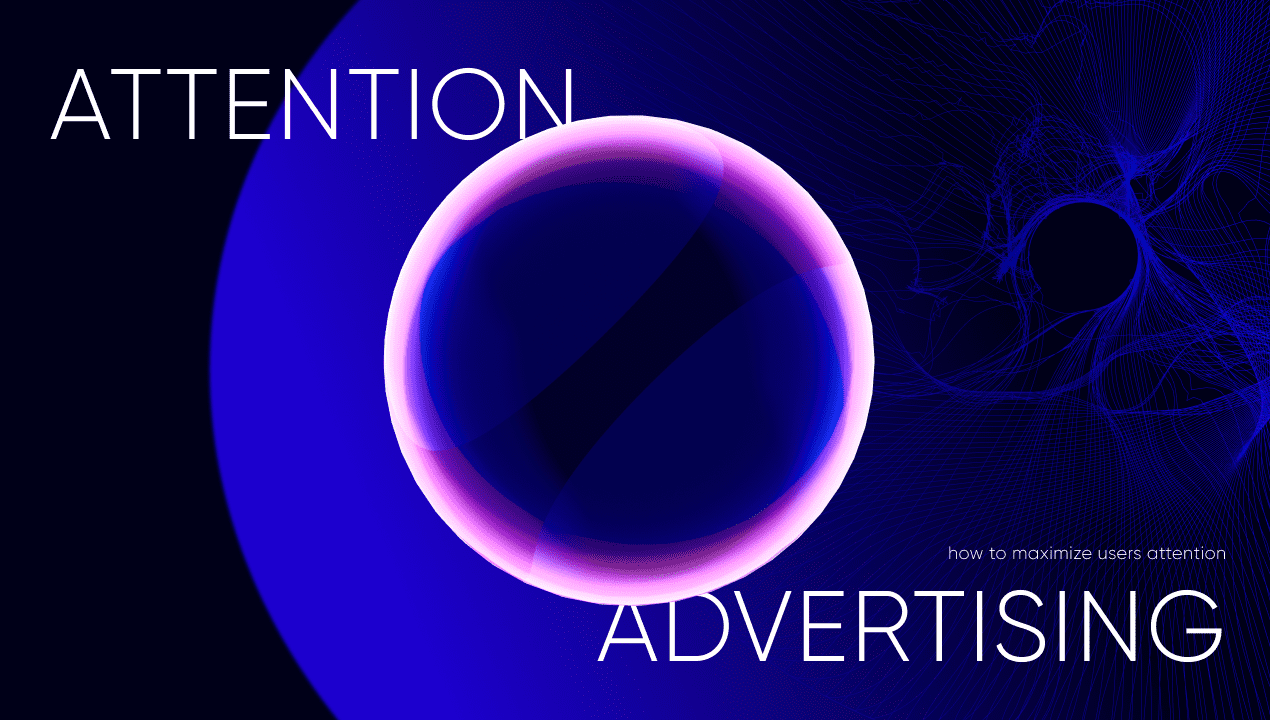



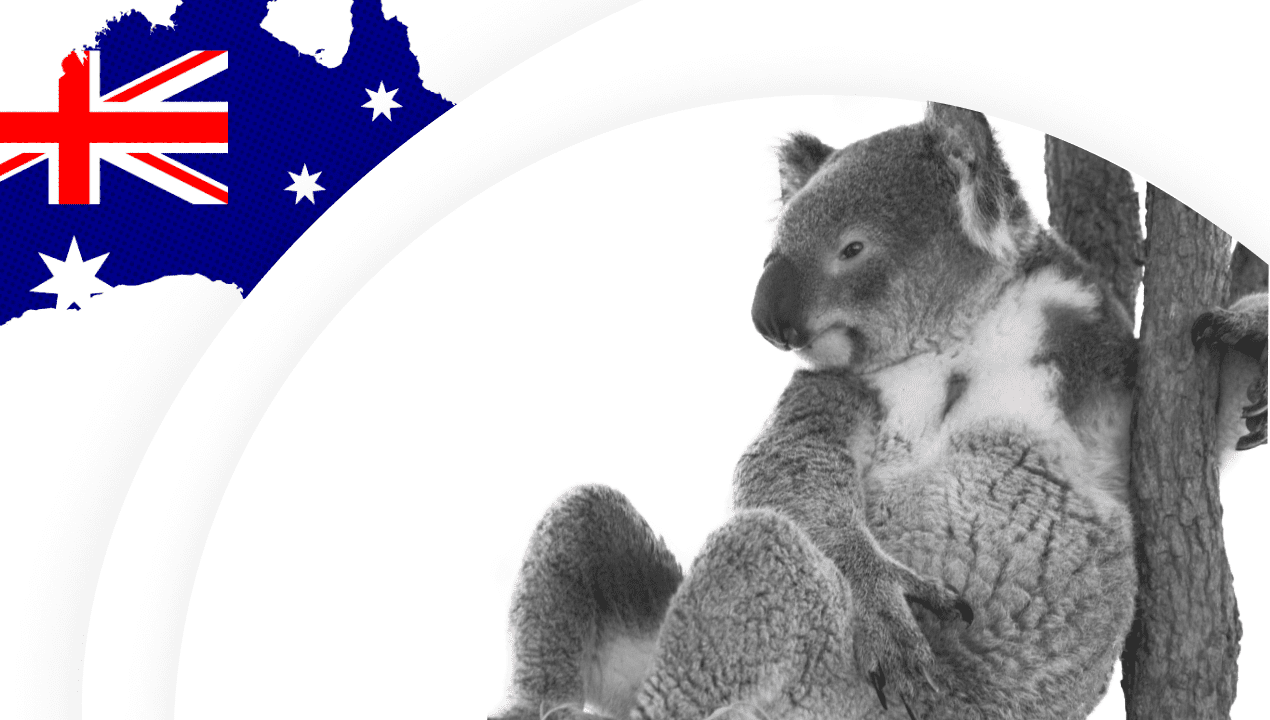
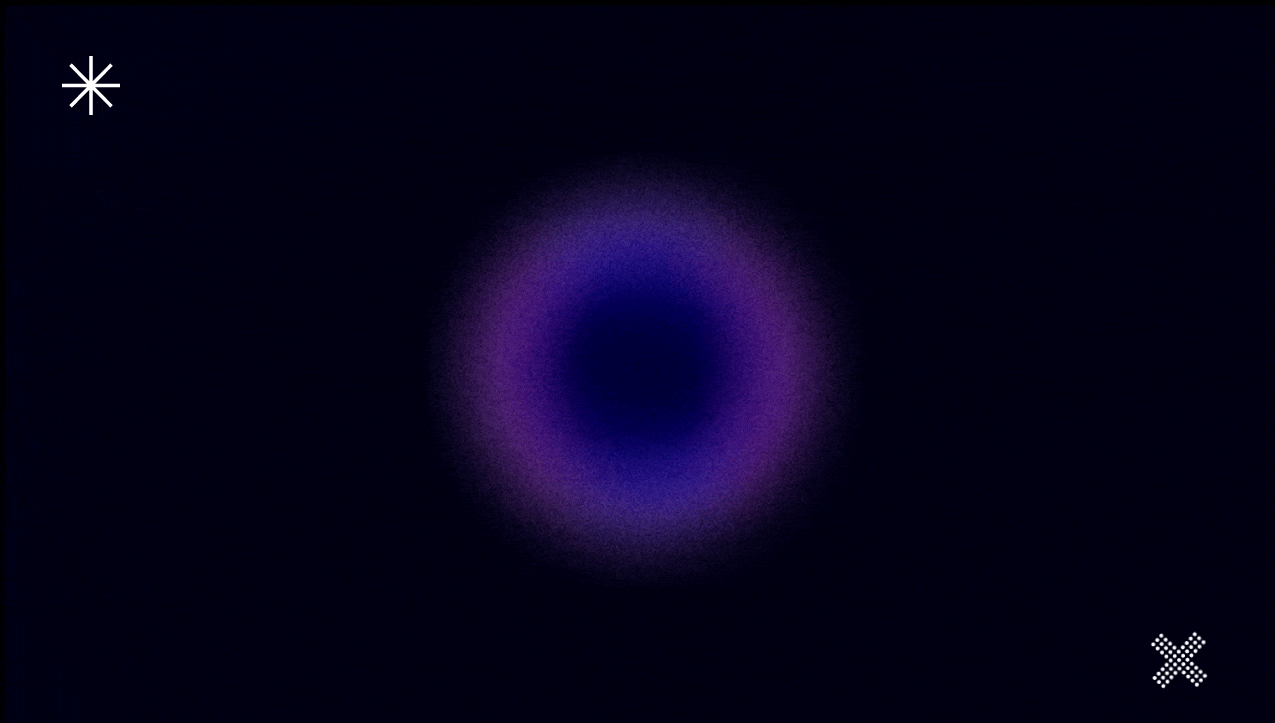
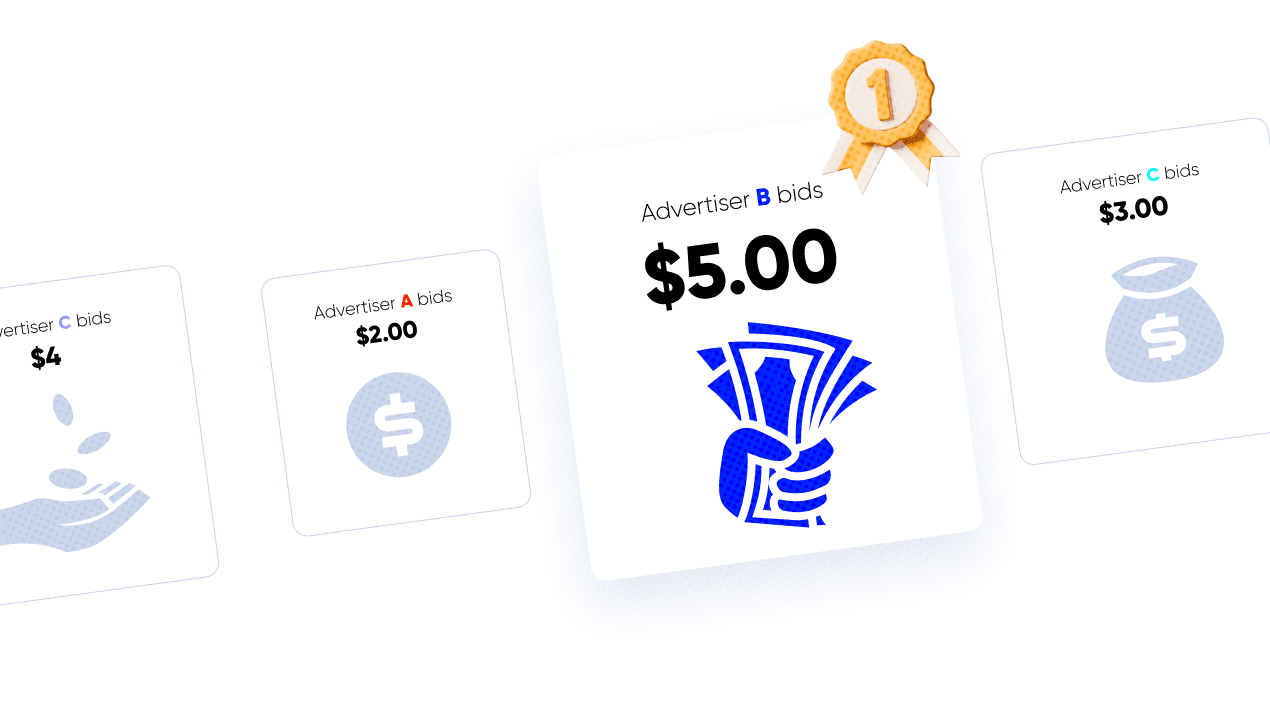







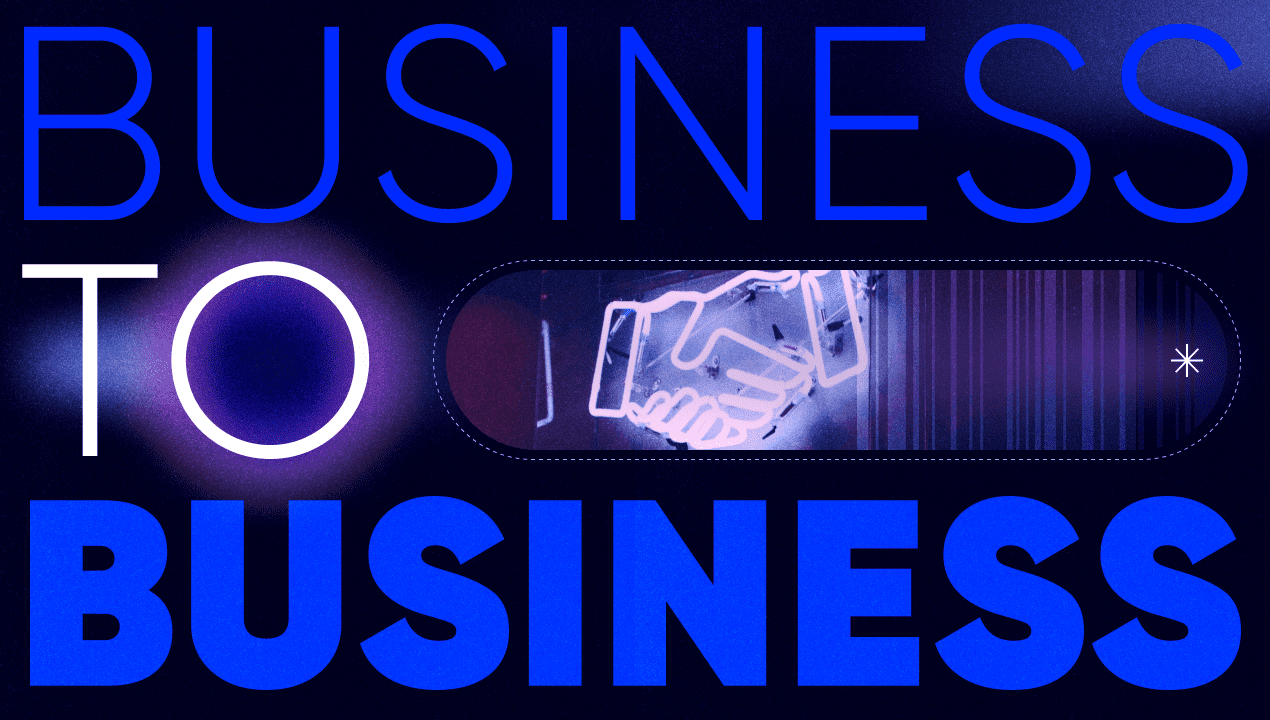
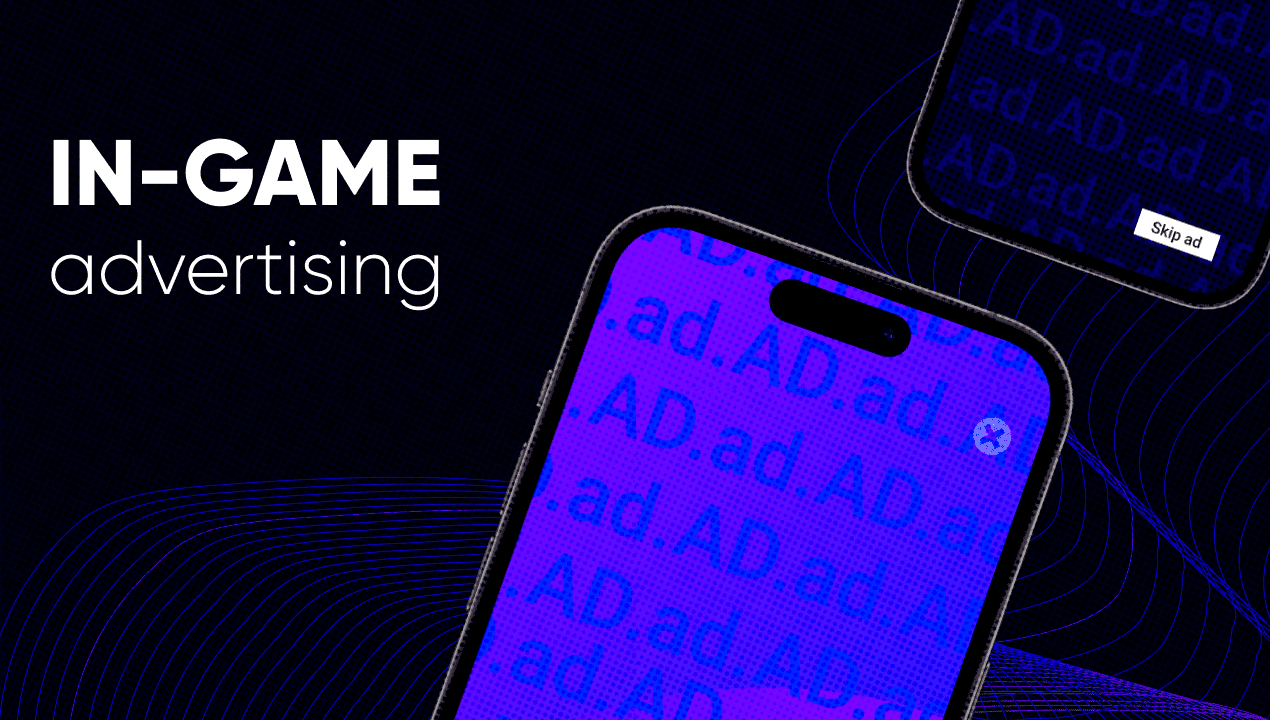

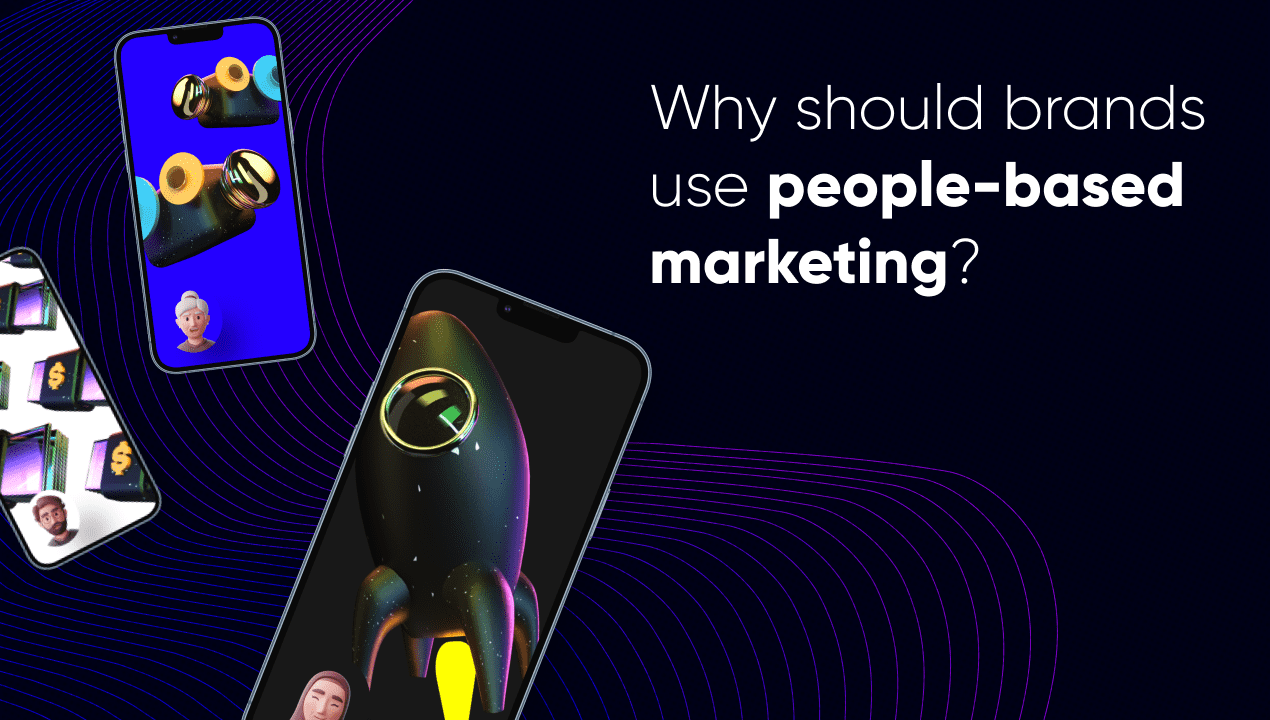
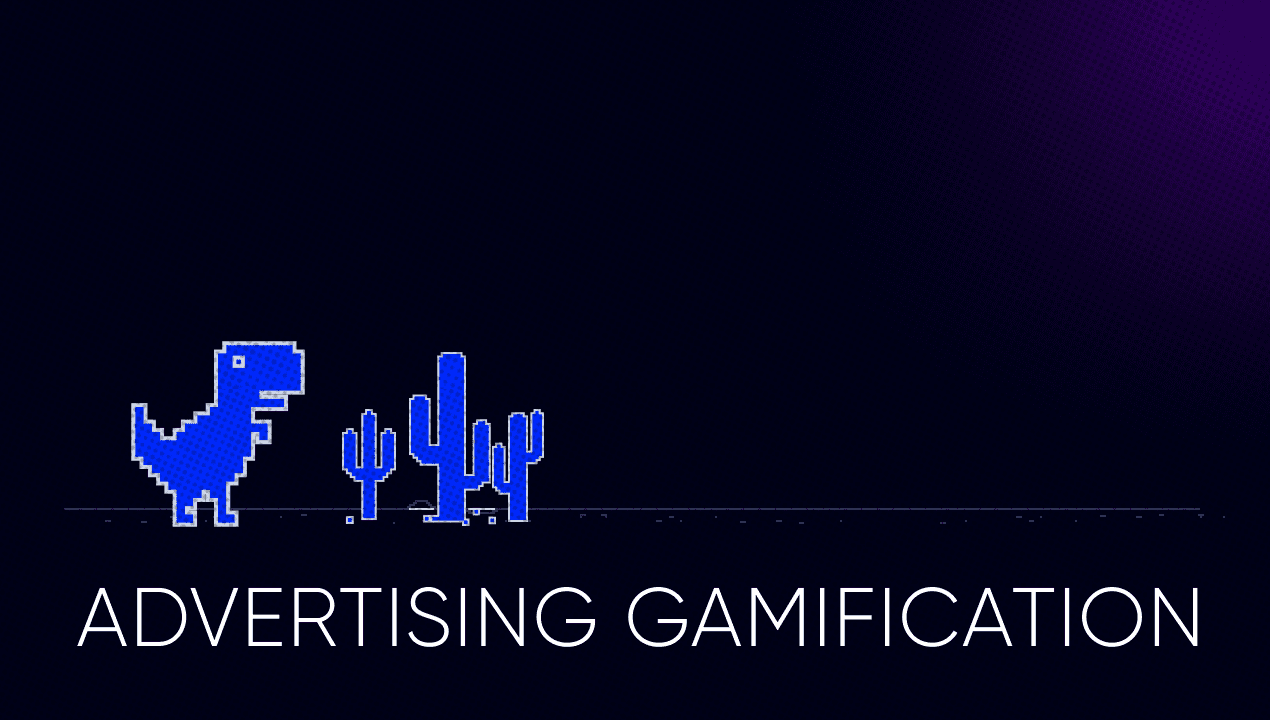





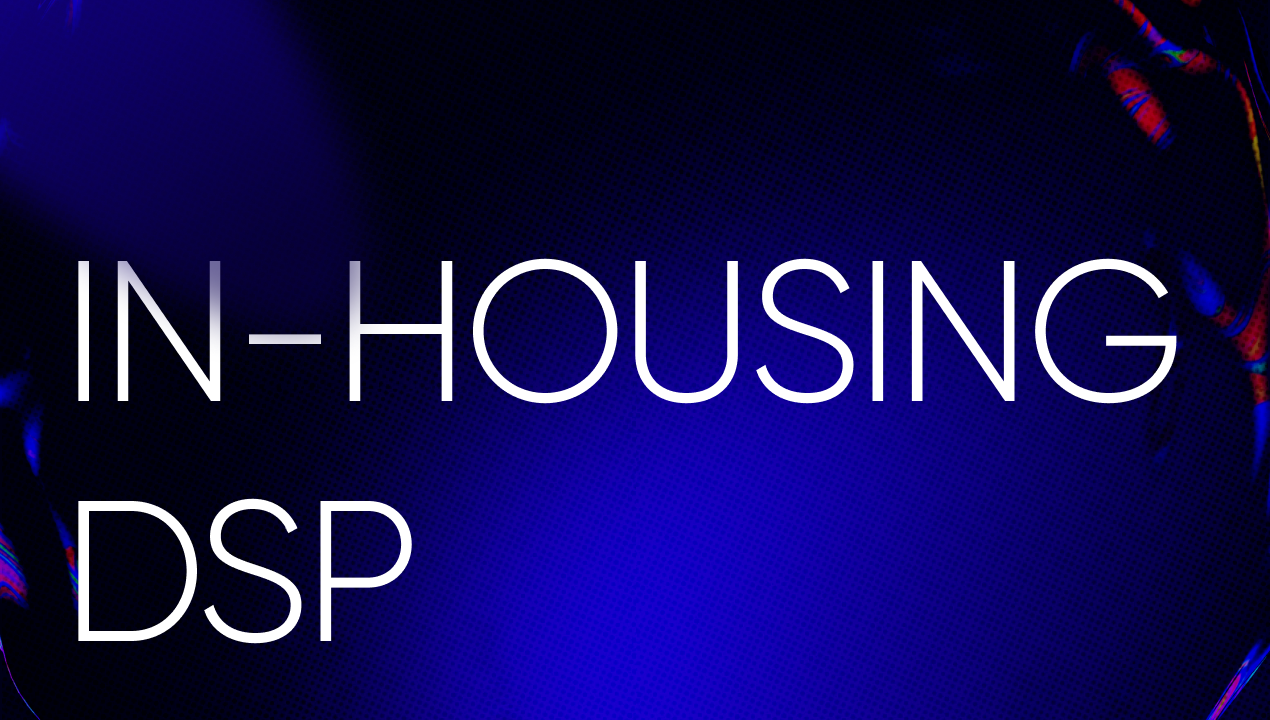




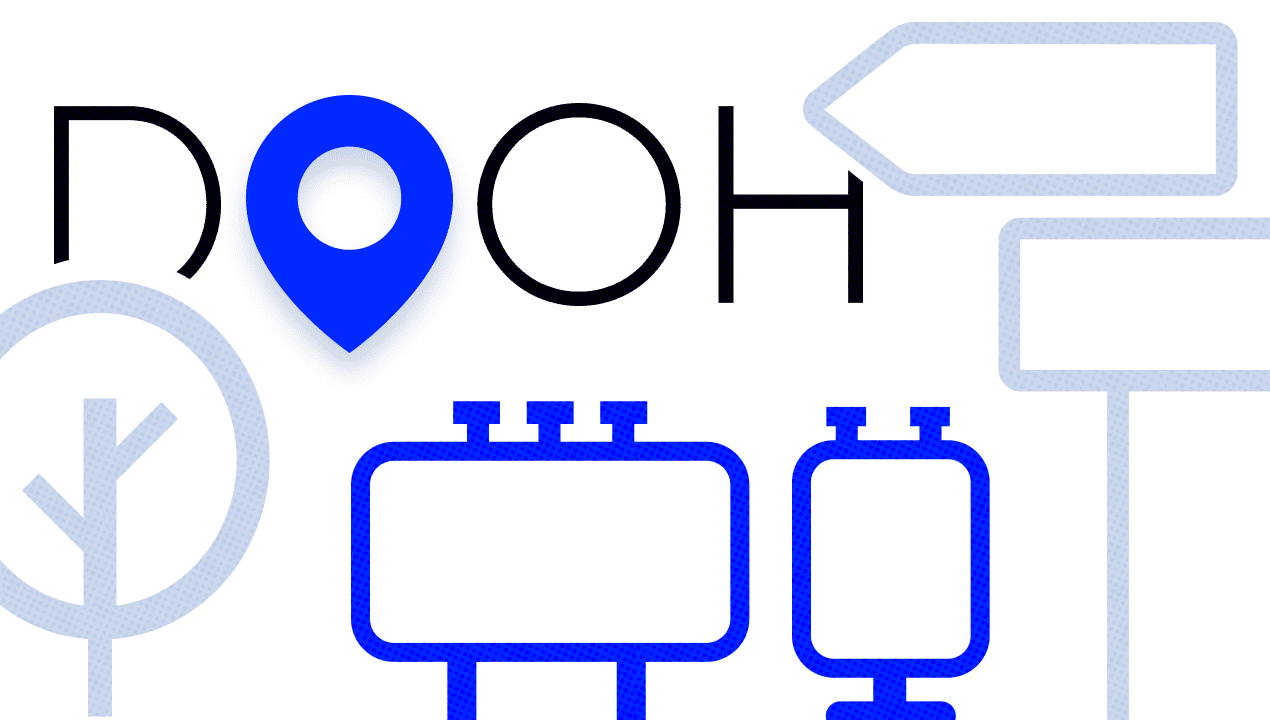





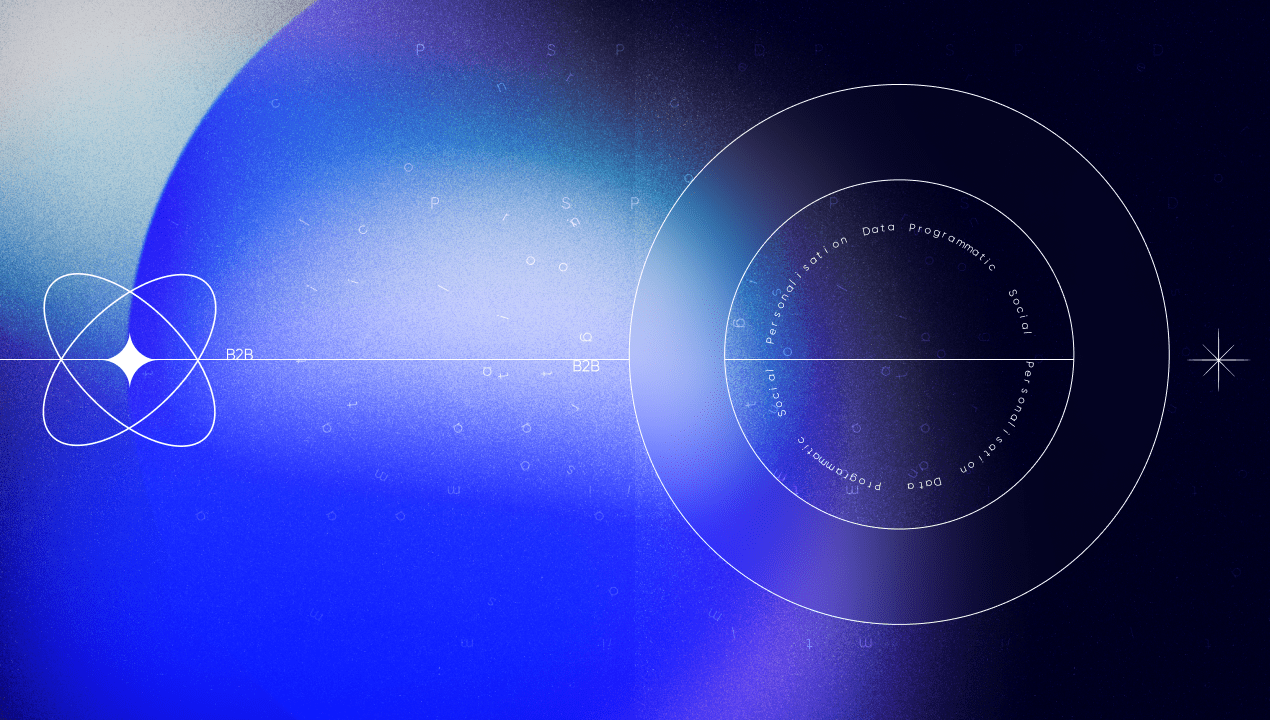
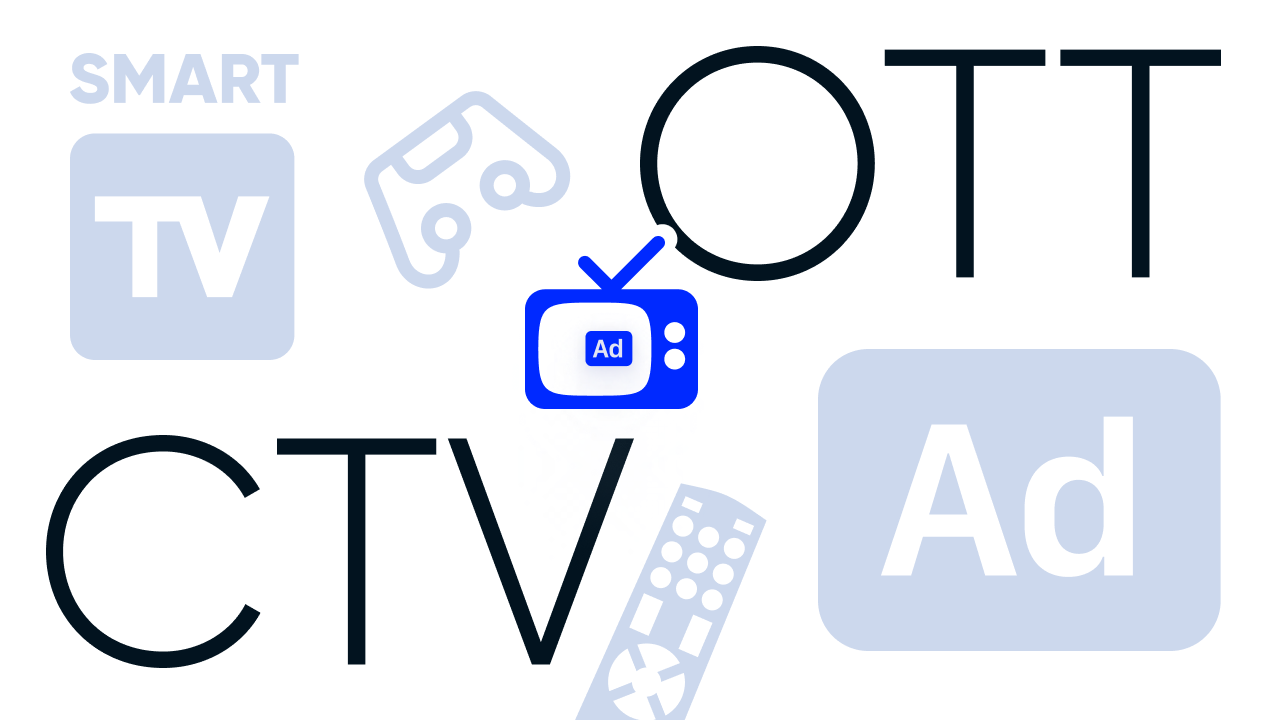


Read also



























































